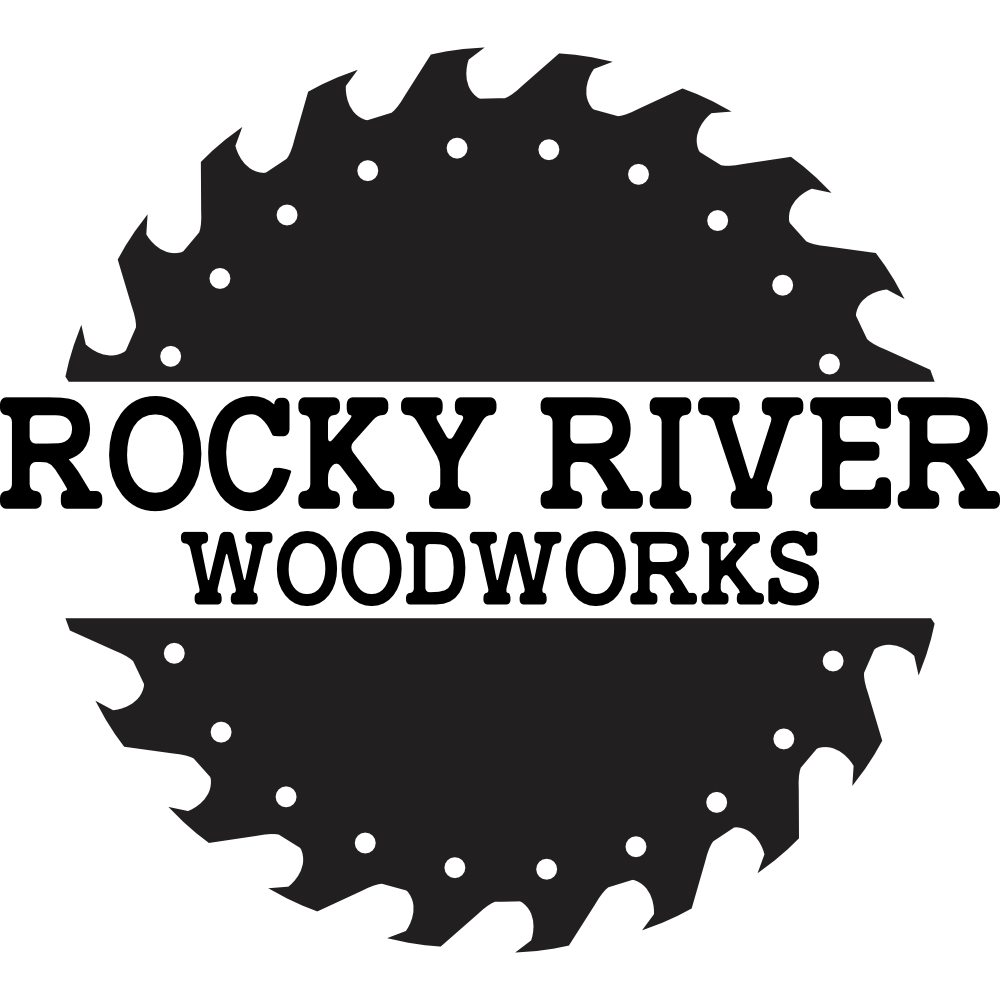Top 5 Must-Have CNC Router Accessories
Are you new to the CNC world and looking to learn and expand the CNC side of your business? I am here to help you by providing my top 5 must have CNC accessories. These accessories will make your life much easier and escalate the pleasure of working with CNC routers. These accessories are general accessories and not specific to certain sizes or brands of CNC machines.
Bits
The obvious accessory here is bits. Yes, that’s plural. I recommend having more than one bit on-hand. In fact, having 2-3 of the same bit is wise as well since things happen and bits break. Trust me when I say there is nothing worse than breaking bit and having to wait a week for another one to arrive in the mail. I would also suggest get a few different kinds of bits. For starters however, an up-cut end mill and down-cut end mill bit in 1/4” and 1/8” will work for basic contour cuts and pocket cuts. For engraving, I recommend starting with a 90-degree V-Bit. While there are way more bits available that assist in performing specific cuts, these few bits will get you started in CNC routing.
Shop Vac / Dust Collector
While a dust collection source isn’t a necessity, it is an absolute life-saver. CNC routers, or any router for that matter, produce large amounts of dust when carving through wood, MDF, or synthetics. So, having a dust collection system or vacuum that is attached close to the cutting head will assist in gathering dust directly at the source, preventing or slowing the spread of dust throughout the air in your shop. This is good for both personal health as well as cleanliness in your shop. It does add some added noise but in my opinion, that is a small sacrifice to make for the reduced dust you will experience. The vacuum you use is up to you. I have used both a shop dust collection system with my CNC as well as a standard shop vacuum. Either one works great.
Table / Enclosure
Deciding on placement of your CNC router is crucial to your overall efficiency. It’s easier to take some time upfront to decide where you CNC is going to sit in your shop rather than quickly putting it somewhere and having to move it around many times. Once you have decided your location, the base or table that the CNC is going to sit on is equally as important. Many CNCs are quite heavy and need a sturdy base to live on. Even if your CNC router isn’t heavy, the table still needs to be study enough to accommodate mild movement of the CNC machine components. Another aspect to consider is making sure your CNC table is level. A level base ensures accurate cuts and mobility of the arms, rails, etc. I recommend building a CNC table yourself. Building a table yourself ensures it is of quality and can properly withstand the weight of the CNC machine. A sturdy CNC table can be made of cheap materials. In fact, my personal machine sits on a table that is simply made of construction-grade plywood and some 2x4s. However, if you are considering adding drawers or storage for small parts, accessories, vacuums, CNC bits, etc., plan ahead and incorporate those additions into your table design.
An enclosure is another option to consider when building your CNC table. While this isn’t a must, it’s helpful to contain the dust particles within the confines of the enclosure, and can help dampen the noise. Enclosures can be made from basic materials and can include features like see-through windows, sliding doors, hatches, etc.
Hand Tools
While many of the hand tools needed for CNC work are commonly found tools in most wood shops, I recommend having a separate set of tools solely for use with the CNC. This allows you to have tools nearby and stored with the CNC machine rather than having to walk to other areas of your shop to get the tools you need.
The tools I recommend getting for use with your CNC router are:
Tape Measure - For measuring stock and placement of stock onto the wasteboard.
Square - For ensuring the stock is square to the wasteboard (to obtain accurate bit-zero).
Pencil / Pen - For marking reference points on stock or wasteboard as needed.
Drill - For securing workpiece material to the wasteboard (if using screws)
Calipers - For accurately measuring thickness of stock / workpiece material
Hammer - For use with chisel to cut tabs on through-cuts
Chisel - For removing / breaking tabs on full depth through-cuts
Hold-Downs / Clamps
Different CNC machines offer different methods of holding down workpiece materials to the wastebaord. The most common I have found is T-Track. However, other options are threaded inserts, screw-down, and dog holes. Depending on your type of machine and hold down method, you’re going to need necessary clamps to keep the workpiece in place while the spindle is cutting the material.
Here are some various clamp types:
I hope these accessories give you ideas of how to improve your CNC workflow. If you have any questions or suggestions to add to this list, leave them in the comments!

